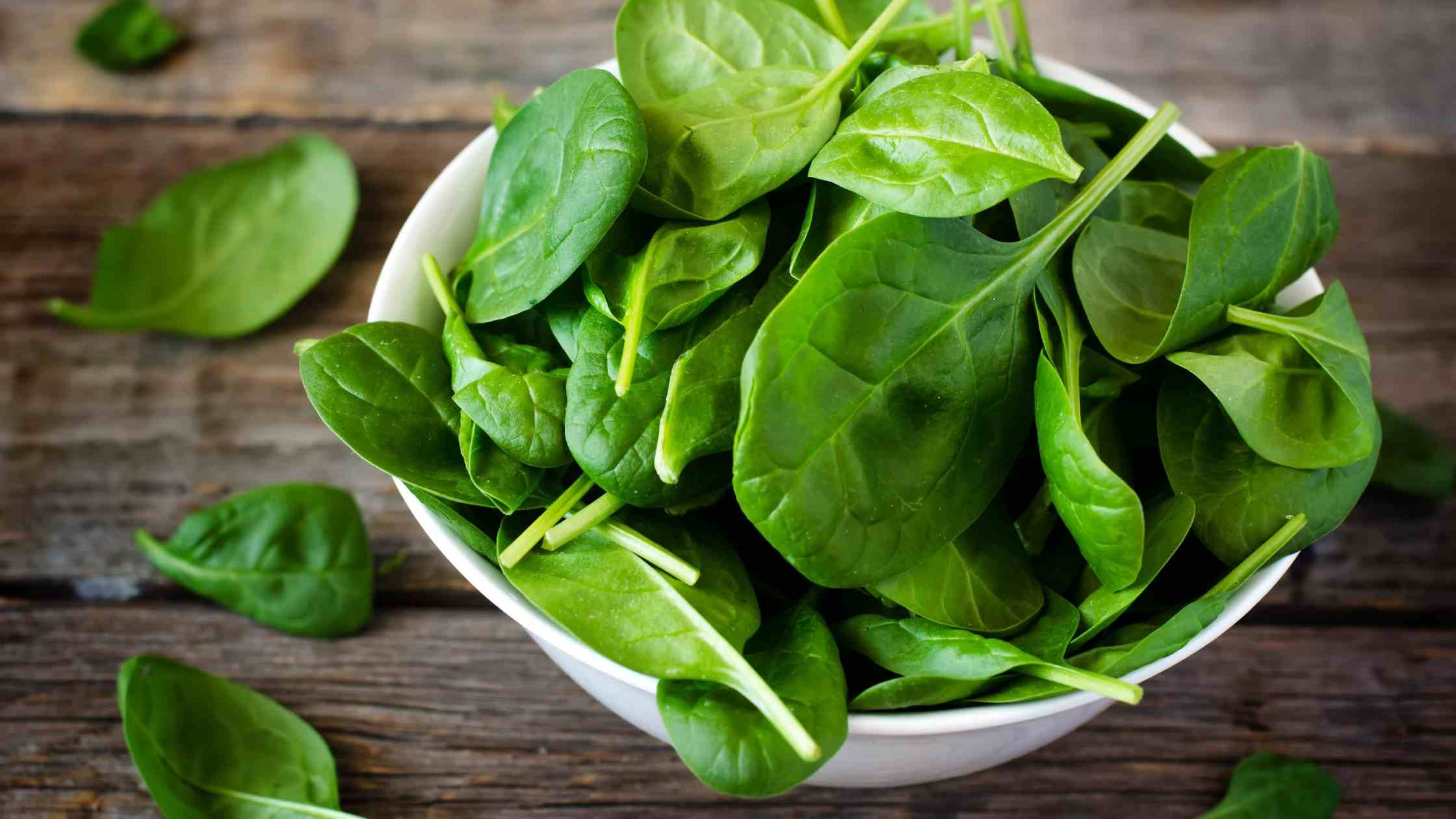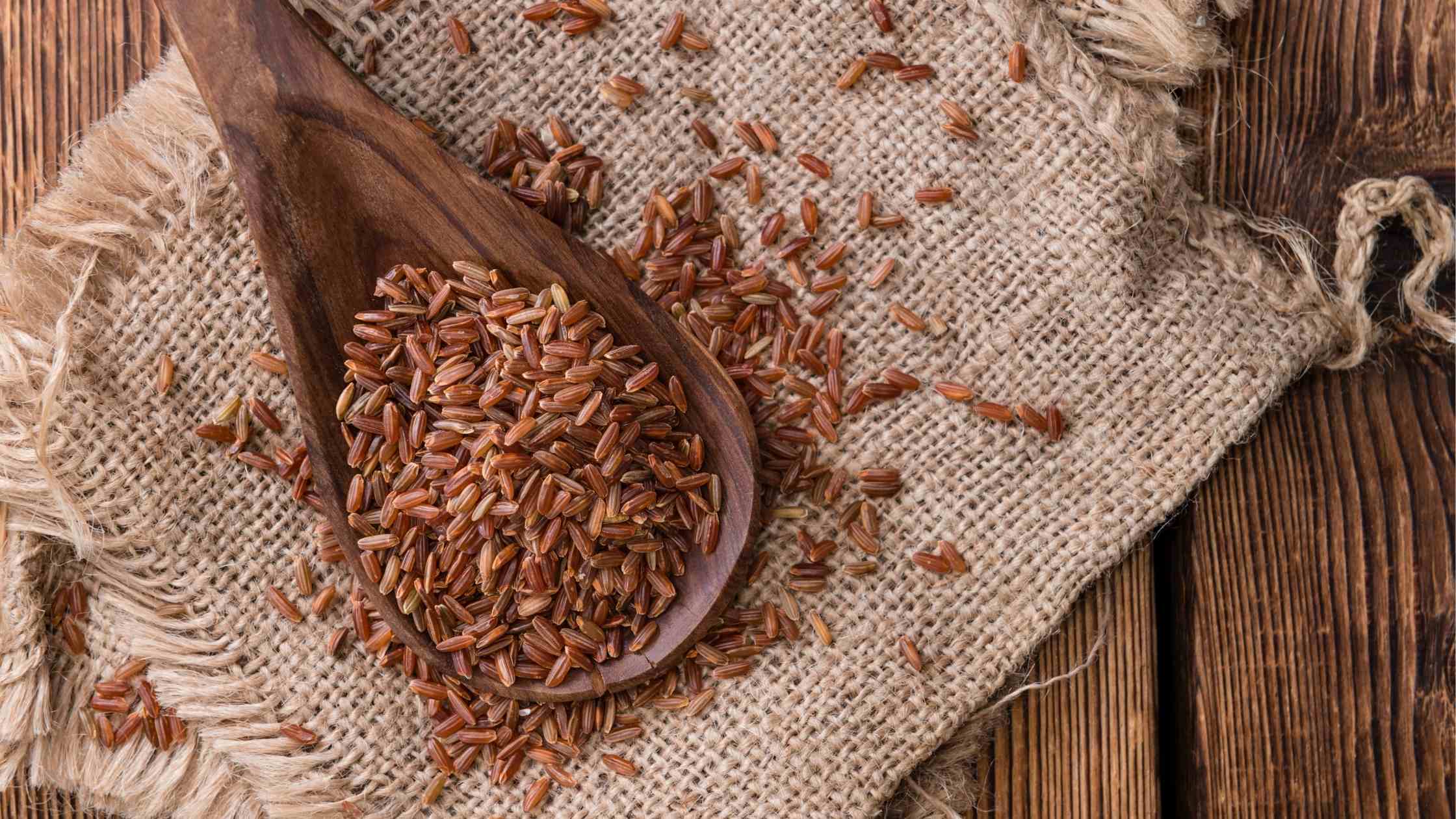Stress-Free Meal Planning for Indian Moms

As an Indian mother, I understand the daily juggle of balancing family needs, work commitments, and household chores. Amidst this whirlwind of responsibilities, meal planning often takes a backseat, leading to stress and last-minute meal decisions.
However, with a little strategic planning and organization, meal planning can become a breeze, saving both time and money while ensuring that your family enjoys nutritious meals.
In this blog post, I'll share some tried-and-tested strategies for stress-free meal planning tailored specifically for Indian moms.
Introduction to Meal Planning
Meal planning is the art of deciding in advance what meals you'll prepare for your family over a specific period, typically a week or two.
By taking the time to plan ahead, you can streamline your grocery shopping, minimize food waste, and ensure that your family enjoys balanced and healthy meals every day.
1. Create a Weekly Meal Calendar

Start by creating a weekly meal calendar that outlines breakfast, lunch, snacks, and dinner for each day of the week. Consider the preferences and dietary restrictions of your family members while planning the meals.
A diverse mix of Indian dishes, including regional specialties and family favorites, can keep mealtime exciting and enjoyable.
2. Keep a Stock of Staple Ingredients
Maintain a well-stocked pantry with essential Indian ingredients such as rice, lentils, spices, flour, and canned goods. Having these staples on hand allows you to whip up quick and flavorful meals without needing to run to the store frequently.
Keep an inventory of your pantry items to avoid overbuying or running out of essentials.
3. Batch Cooking and Freezing
Spend some time on weekends or during less hectic days to prepare large batches of curries, dals, and other dishes that freeze well. Portion them into individual containers and store them in the freezer for future use.
This way, you'll have homemade "ready meals" available whenever you need them, reducing the temptation to order takeout on busy days.
Here are five prep work items that can be prepared in advance and frozen to ensure faster cooking:
-
Ginger-Garlic Paste: Blend equal parts of peeled ginger and garlic with a little water to form a smooth paste. Portion it into ice cube trays or small containers, freeze, and transfer the frozen cubes or portions into a freezer bag for easy access. This paste can be used as a base for many Indian dishes.
-
Onion-Tomato Base: Cook down a large batch of finely chopped onions and tomatoes with spices until they form a thick, flavorful base. Allow it to cool, then portion it into freezer bags or containers and freeze. This base can be used for curries, gravies, and sauces.
-
Fresh Herb Cubes: Chop fresh herbs like coriander (cilantro), mint, and curry leaves and mix them with a little water or oil. Pour the mixture into ice cube trays, freeze, and transfer the herb cubes into a freezer bag. Use these cubes to add a burst of fresh flavor to your dishes.
-
Parboiled Vegetables: Partially cook vegetables like potatoes, carrots, beans, and peas by blanching or steaming them until they are just tender. Allow them to cool completely, then freeze them in portion-sized bags. These pre-cooked vegetables can be added directly to curries, stir-fries, and rice dishes for faster cooking.
-
Pre-soaked Beans and Lentils: Soak dried beans and lentils like chickpeas, kidney beans, and black lentils overnight. Drain and rinse them, then portion them into freezer bags and freeze. These pre-soaked legumes can be cooked directly from frozen, reducing the cooking time significantly.
By preparing these items in advance and freezing them, you can streamline your cooking process and enjoy delicious homemade Indian meals with less time and effort spent in the kitchen.
4. Embrace One-Pot Meals
One-pot meals are a lifesaver for busy moms, as they minimize both cooking time and cleanup. Indian cuisine offers a plethora of delicious one-pot recipes such as khichdi, pulao, and one-pot curries.
These dishes not only save time but also infuse flavors as the ingredients cook together.
5. Plan for Leftovers
Intentionally cook extra portions of meals to serve as leftovers for the next day's lunch or dinner. Leftovers can be transformed into new dishes or simply reheated for a quick and convenient meal. Get creative with repurposing leftovers into sandwiches, wraps, or salads to keep things interesting.
Here are 3 Leftover recipes that you could try next time.
-
Leftover Roti Upma: Tear leftover rotis into small pieces. Heat oil in a pan, add mustard seeds, curry leaves, chopped onions, and green chilies. Stir in the torn rotis, leftover vegetables, and spices like turmeric and coriander powder. Cook until the rotis are crispy and serve as a tasty breakfast or snack.
-
Leftover Dal Paratha: Mix leftover dal with whole wheat flour, chopped onions, green chilies, and coriander leaves to make a dough. Divide the dough into balls, roll them out into parathas, and cook on a hot griddle until golden brown. Serve with yogurt or pickle for a satisfying meal.
-
Leftover Chicken Curry Pizza: Spread a layer of leftover chicken curry over a pizza base or naan bread. Top with shredded cheese, sliced onions, bell peppers, and tomatoes. Bake in a preheated oven until the cheese is melted and bubbly. Garnish with fresh cilantro and serve hot.
6. Make Use of Meal Planning Apps
Utilize meal planning apps or websites that offer customizable meal plans, recipes, and grocery lists. These tools can simplify the meal planning process by providing recipe suggestions based on your preferences, dietary requirements, and available ingredients.
Some apps even allow you to generate shopping lists directly from your meal plan, saving you time at the grocery store.
7. Involve Your Family

Get your family involved in the meal planning process by soliciting their input on menu ideas and preferences. Consider designating specific days for themed meals or allowing each family member to choose a favorite dish for the week.
Involving your loved ones not only fosters a sense of ownership but also ensures that everyone looks forward to mealtime.
Conclusion
In conclusion, stress-free meal planning for Indian moms is achievable with a bit of organization, creativity, and foresight. By following these strategies, you can save time and money while providing your family with nutritious and delicious meals every day.
Remember, meal planning is not about perfection but about finding a system that works for you and your family's needs. So, take the first step towards stress-free meal planning today, and reap the benefits of a happier and healthier home.
I'd love to hear your thoughts on meal planning and any strategies you've found helpful in your own journey. Leave a comment below and share your tips with our community!
____________________________________________________________________
ABOUT THE AUTHOR

Priya Prakash, Nutrition Coach.
With over 14 years of experience in the organic industry, Priya is a strong believer in using healthy and easy to use alternatives in daily life. She passionately advises her friends, family and customers by sharing with them practical and easy ways to include healthy alternatives in their daily life.




